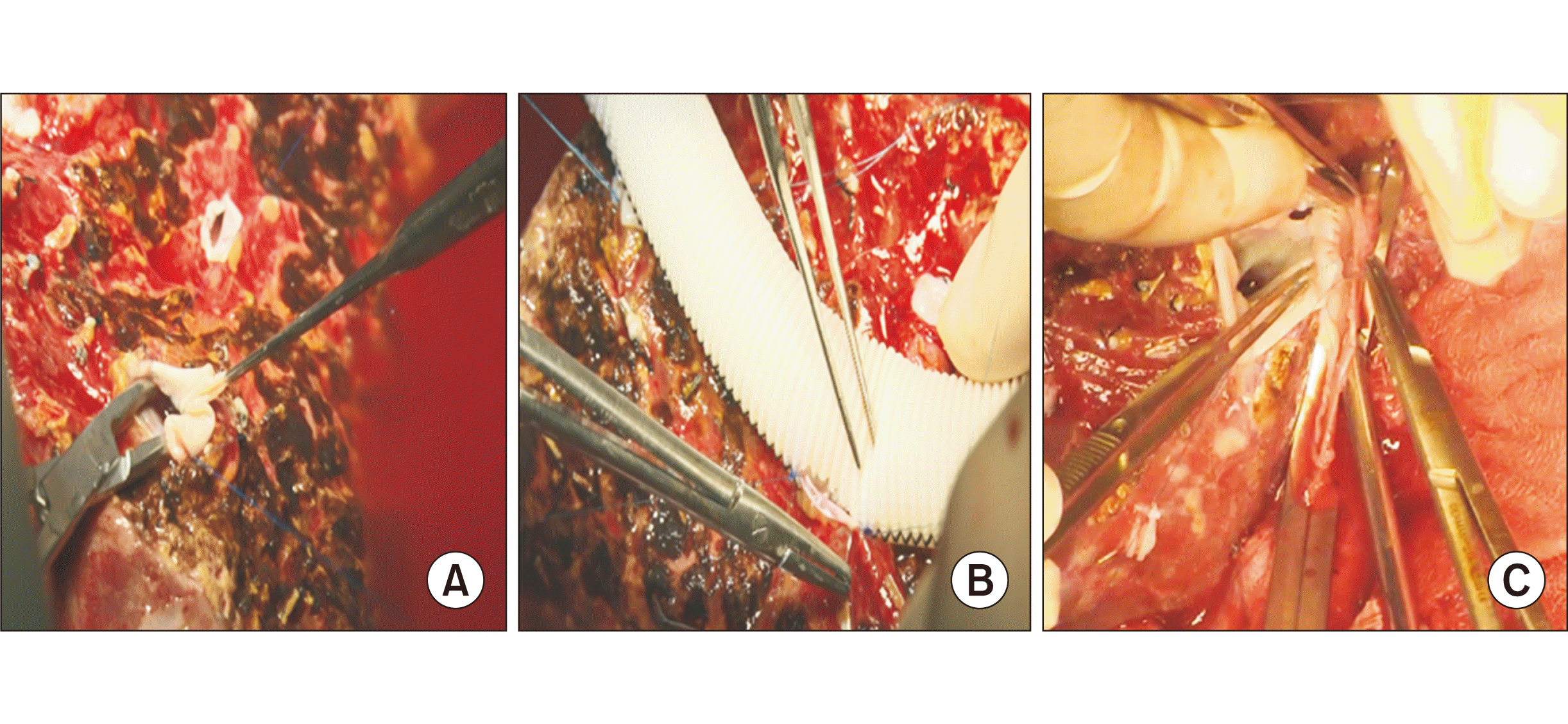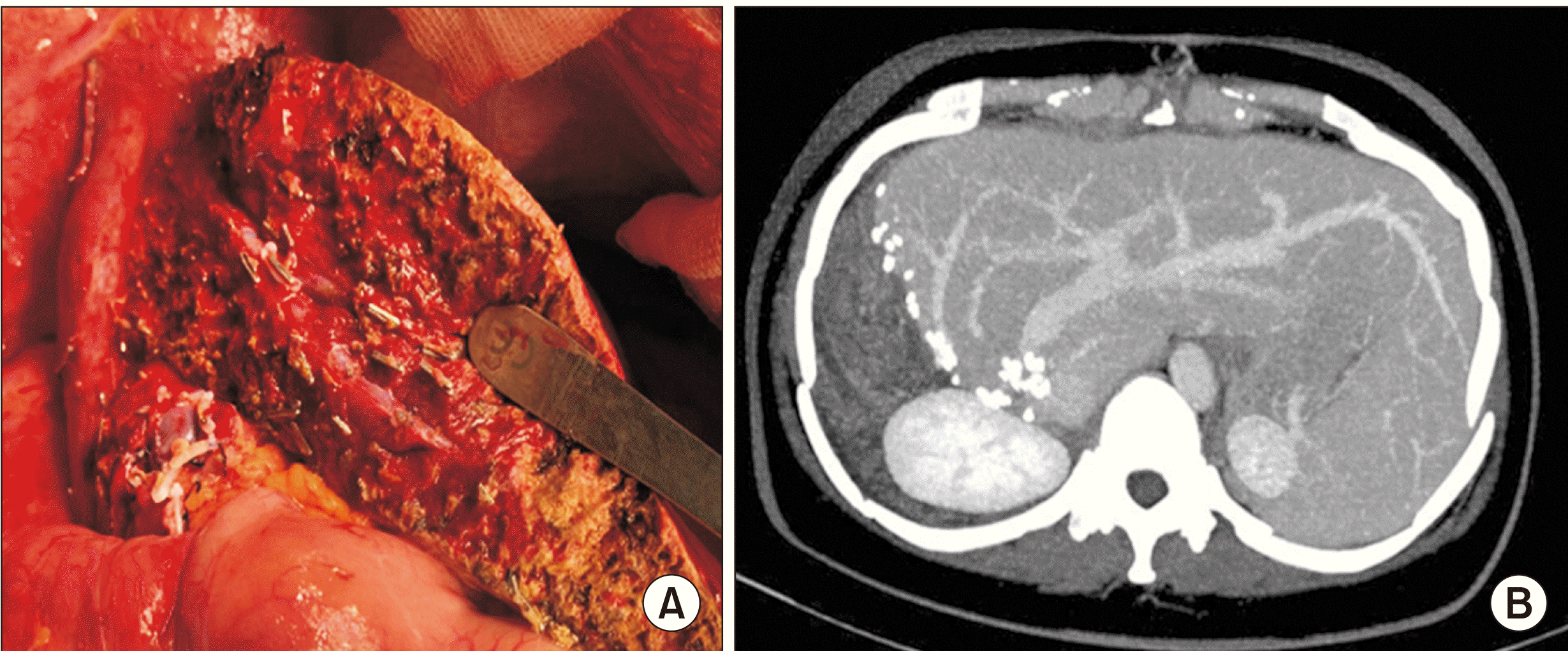1. Wong MC, Huang JL, George J, Huang J, Leung C, Eslam M, et al. 2019; The changing epidemiology of liver diseases in the Asia-Pacific region. Nat Rev Gastroenterol Hepatol. 16:57–73. DOI:
10.1038/s41575-018-0055-0. PMID:
30158570.
2. Nguyen VT, Quang TD, Anh NT, Kato M. 2018; P1-011: Estimates and projection of disease burden and economic analysis for hepatitis B in Viet Nam. J Viral Hepat. 25:38. DOI:
10.1111/jvh.07_12923.
3. Nguyen VT, Quang TD, Anh NT, Kato M. 2018; P2-065: Estimates and projection of disease burden and investment case for hepatitis C in Viet Nam. J Viral Hepat. 25:140–1. DOI:
10.1111/jvh.187_12923.
5. Kim SH, Lee EC, Na BG, Park SJ. 2019; Impact of ABO-incompatibility on hepatocellular carcinoma recurrence after living donor liver transplantation. Eur J Surg Oncol. 45:180–6. DOI:
10.1016/j.ejso.2018.07.066. PMID:
30243467.
6. Hayashi H, Takamura H, Tajima H, Ohbatake Y, Nakanuma S, Miyashita T, et al. 2019; Infectious complications in adult ABO-incompatible liver transplantation: our preliminary experience. Int Surg. 104:176–81. DOI:
10.9738/INTSURG-D-16-00084.1.
7. Chi PH, My DT, Chien LT, Quoc TD, Chinh LQ, Dung NT, et al. 2016; Initial results of adult-to-adult living donor liver transplantation at Cho Ray Hospital. Y Hoc TP Ho Chi Minh. 20:108–13.
8. Nam HD, Dung DD, Park YM, Chu CW. Initial outcomes of living-donor liver transplantation using right lobe graft in Vinmec Hospital. In : Proceedings of VASLD and VSHBPS conference; 2021 Jan 22; Hanoi.
9. Agbim U, Satapathy SK. 2020; PRO: portal vein thrombosis impacts liver transplantation outcomes. Clin Liver Dis (Hoboken). 16:127–31. DOI:
10.1002/cld.932. PMID:
33163162. PMCID:
PMC7609705.
10. Yerdel MA, Gunson B, Mirza D, Karayalçin K, Olliff S, Buckels J, et al. 2000; Portal vein thrombosis in adults undergoing liver transplantation: risk factors, screening, management, and outcome. Transplantation. 69:1873–81. DOI:
10.1097/00007890-200005150-00023. PMID:
10830225.
11. Lee SG, Moon DB, Ahn CS. Busuttil RW, Klintmalm GB, editors. Dual grafts for transplantation. Transplantation of the liver. 3rd ed. Philadelphia, PA: W.B. Saunders;2014. p. 736–43. DOI:
10.1016/B978-1-4557-0268-8.00057-9.
12. Kobayashi Y, Kiya Y, Sugawara T, Nishioka Y, Hashimoto M, Shindoh J. 2019; Expanded Makuuchi's criteria using estimated indocyanine green clearance rate of future liver remnant as a safety limit for maximum extent of liver resection. HPB (Oxford). 21:990–7. DOI:
10.1016/j.hpb.2018.12.001. PMID:
30711244.
13. Panaro F, Gallix B, Bouyabrine H, Ramos J, Addeo P, Testa G, et al. 2011; Liver transplantation and spontaneous neovascularization after arterial thrombosis: "the neovascularized liver". Transpl Int. 24:949–57. DOI:
10.1111/j.1432-2277.2011.01293.x. PMID:
21740470.
14. Lee SG. 2015; A complete treatment of adult living donor liver transplantation: a review of surgical technique and current challenges to expand indication of patients. Am J Transplant. 15:17–38. DOI:
10.1111/ajt.12907. PMID:
25358749.
15. Kirchner VA, Hwang S, Song GW, Ahn CS, Moon DB, Kim KH, et al. 2016; Resolution of hepatic venous congestion following gradual occlusion of middle hepatic vein interposition graft in living donor liver transplantation. Ann Transplant. 21:619–25. DOI:
10.12659/AOT.900170. PMID:
27713391.
16. Volpin R, Angeli P, Galioto A, Fasolato S, Neri D, Barbazza F, et al. 2002; Comparison between two high-dose methylprednisolone schedules in the treatment of acute hepatic cellular rejection in liver transplant recipients: a controlled clinical trial. Liver Transpl. 8:527–34. DOI:
10.1053/jlts.2002.33456. PMID:
12037783.
17. Chen CL, Fan ST, Lee SG, Makuuchi M, Tanaka K. 2003; Living-donor liver transplantation: 12 years of experience in Asia. Transplantation. 75(3 Suppl):S6–11. DOI:
10.1097/01.TP.0000046533.93621.C7. PMID:
12589130.
18. Al Sebayel M, Abaalkhail F, Hashim A, Al Bahili H, Alabbad S, Shoukdy M, et al. 2015; Living donor liver transplant versus cadaveric liver transplant survival in relation to model for end-stage liver disease score. Transplant Proc. 47:1211–3. DOI:
10.1016/j.transproceed.2015.01.024. PMID:
26036556.
19. Eguchi S, Takatsuki M, Hidaka M, Tajima Y, Kanematsu T. 2008; Evolution of living donor liver transplantation over 10 years: experience of a single center. Surg Today. 38:795–800. DOI:
10.1007/s00595-007-3729-8. PMID:
18751944.
20. Lee SG, Hwang S, Kim KH, Ahn CS, Moon DB, Ha TY, et al. 2009; Toward 300 liver transplants a year. Surg Today. 39:367–73. DOI:
10.1007/s00595-008-3917-1. PMID:
19408072.
21. Fan ST. Fan ST, Wei WI, Yong BH, Hui TW, Chiu A, Lee PW, editors. 2011. Donor results. Living donor liver transplantation. 2nd ed. World Scientific;Singapore: p. 293–309. DOI:
10.1142/9789814329767_0014.
22. Kwon CH, Choi GS, Kim JM, Cho CW, Rhu J, Kim GS, et al. 2018; Laparoscopic donor hepatectomy for adult living donor liver transplantation recipients. Liver Transpl. 24:1545–53. DOI:
10.1002/lt.25307. PMID:
30021060.





 PDF
PDF Citation
Citation Print
Print





 XML Download
XML Download